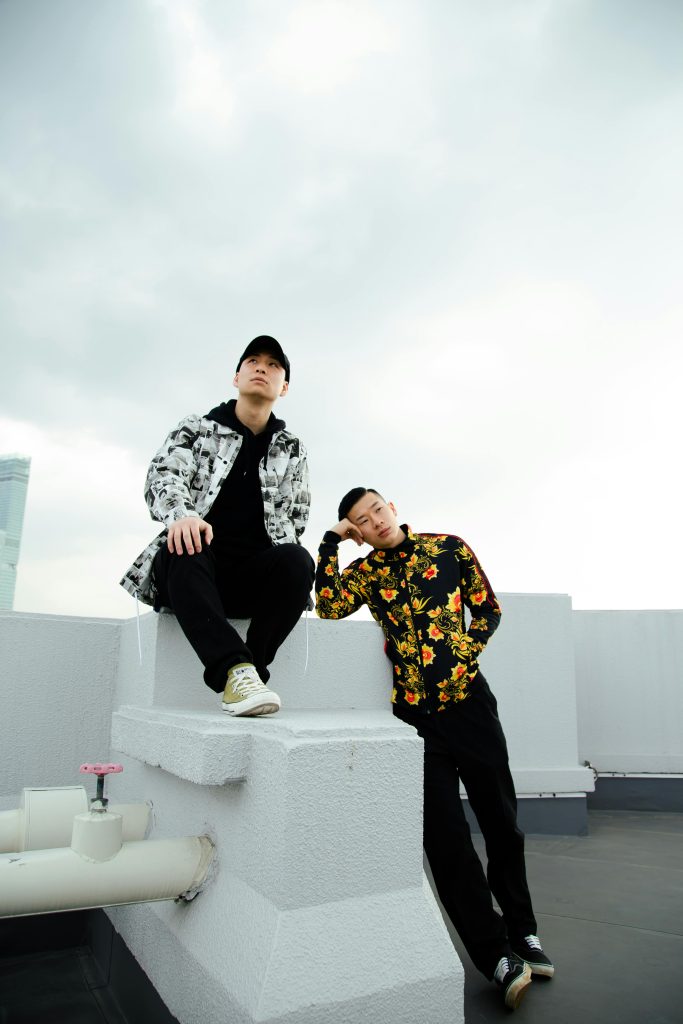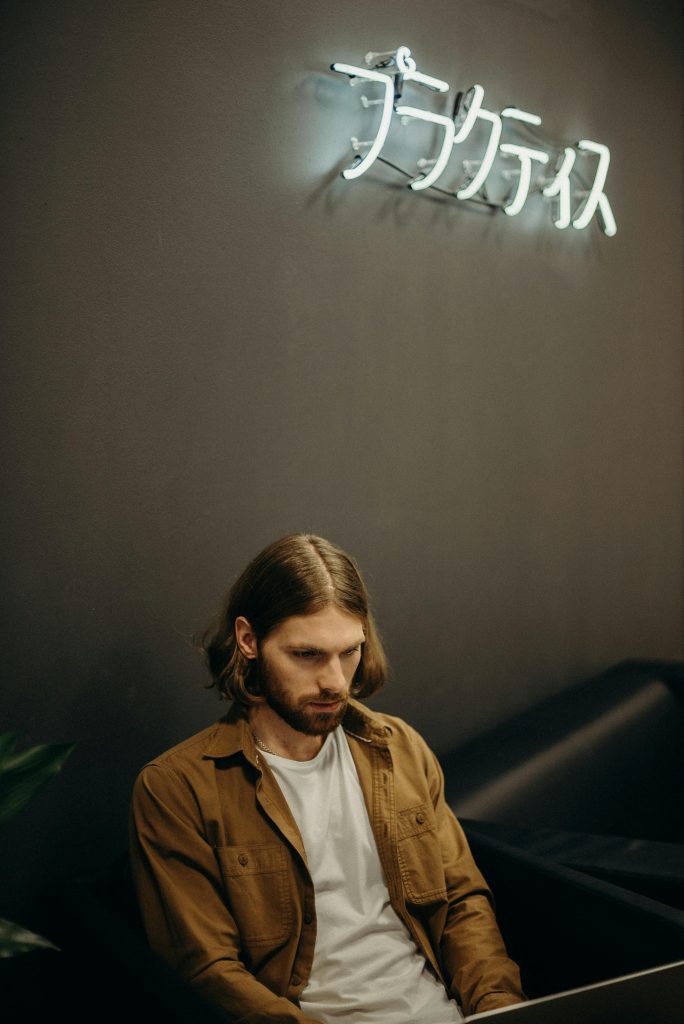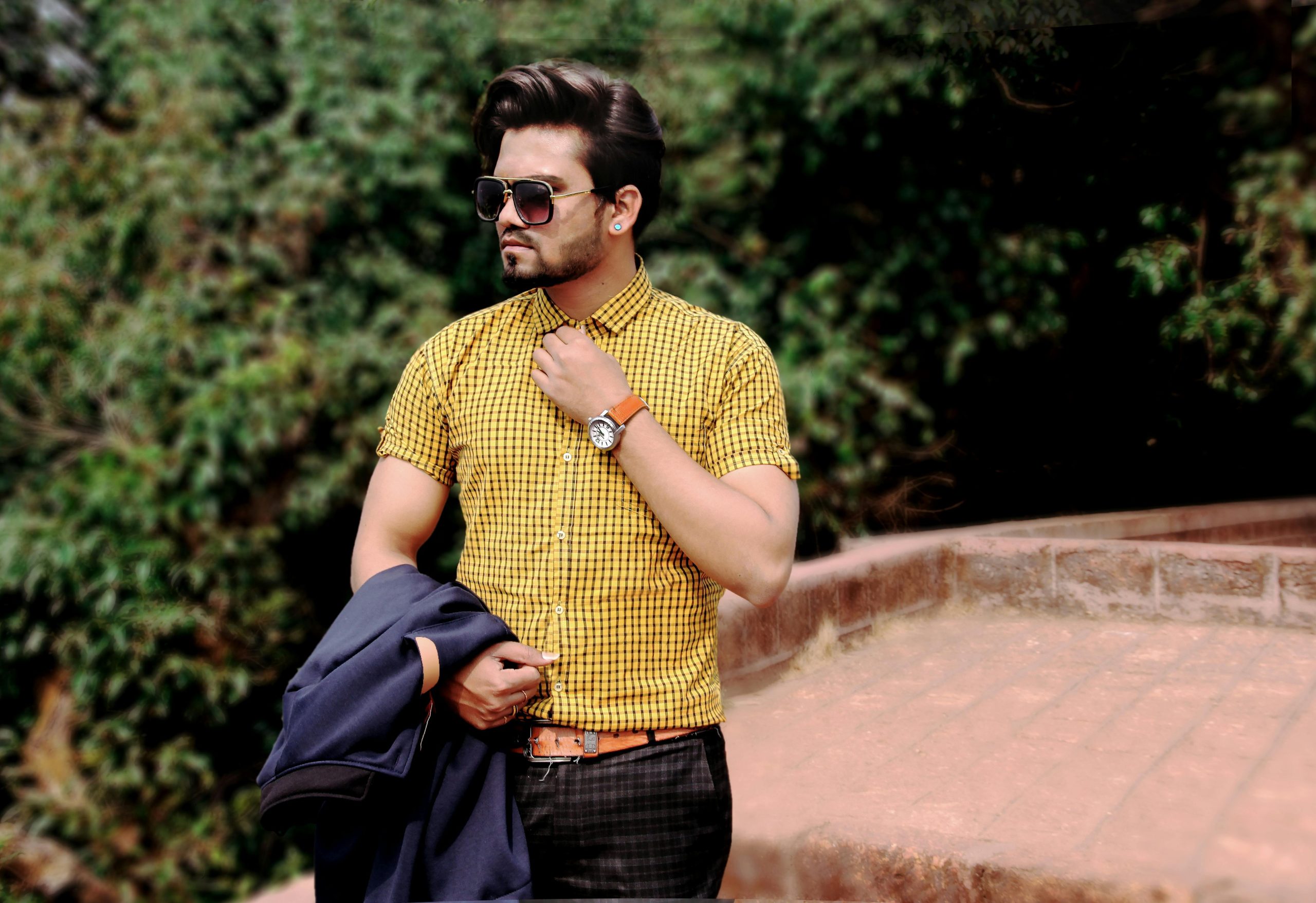Japanese Men’s Fashion Guide to Timeless Style 2024
September 28, 2024In recent years, Japanese men’s fashion has gained significant global attention for its blend of tradition, innovation, and an unwavering commitment to detail. Japan’s fashion scene is not just about clothing; it reflects a lifestyle that is deeply connected to the country’s culture, history, and aesthetics. This article will dive into the various aspects of Japanese men’s fashion, from streetwear to high-end styles, guiding you through what makes this country’s fashion unique and timeless.
The Influence of Japanese Culture on Men’s Fashion

Minimalism Meets Tradition
At the core of Japanese fashion is the philosophy of minimalism. This concept has roots in the country’s Zen Buddhist traditions, which emphasize simplicity, balance, and the elimination of excess. Japanese men’s fashion takes these principles and integrates them into modern styles, often blending old-world aesthetics with new trends. For instance, traditional garments like the kimono and yukata have inspired many contemporary designs.
Attention to Detail
Japanese fashion designers are renowned for their meticulous attention to detail. Every stitch, cut, and material used in a garment is carefully considered. This precision has elevated Japan to the forefront of the global fashion industry. Brands such as Comme des Garçons, Issey Miyake, and Yohji Yamamoto are famous for their avant-garde yet functional designs, which emphasize both form and function.
The Rise of Japanese Streetwear
Harajuku: The Birthplace of Japanese Street Fashion
One cannot discuss Japanese men’s fashion without mentioning Harajuku. Located in the Shibuya district of Tokyo, Harajuku has become synonymous with bold, experimental fashion. Japanese streetwear first gained traction in this vibrant neighborhood, where youths began blending Western styles with traditional Japanese elements. The result was a unique, eclectic mix of high-fashion and everyday wear that has influenced streetwear across the globe.
The Role of Iconic Brands
Brands such as A Bathing Ape (BAPE), Neighborhood, and WTAPS have been pivotal in the global rise of Japanese streetwear. These brands take cues from hip-hop, skateboarding culture, and traditional Japanese motifs, creating clothing that is both trendy and deeply rooted in Japan’s cultural identity. Japanese streetwear is now highly coveted by fashion enthusiasts worldwide, with many looking to Japan as the leader in cutting-edge casual wear.
Key Elements of Japanese Men’s Fashion
Layering
One of the hallmark characteristics of Japanese men’s fashion is layering. This technique allows for creative expression while maintaining functionality. Japanese men are adept at mixing various layers, textures, and materials to create a cohesive yet dynamic look. Whether it’s pairing a kimono-inspired jacket with modern streetwear or blending traditional fabrics like linen and cotton with futuristic synthetics, layering plays a central role in Japanese style.
Neutral Tones with Pops of Color
Japanese men’s fashion is often characterized by its neutral color palette. Black, white, gray, and navy dominate the scene, reflecting the minimalist approach to fashion. However, designers frequently introduce pops of bold color, such as reds, greens, or purples, to create contrast and add visual interest to outfits. This restrained use of color allows for subtle yet striking statements.
Oversized Silhouettes
Another notable feature of Japanese men’s fashion is the use of oversized silhouettes. Unlike Western fashion, which often favors slim or fitted clothing, Japanese designers embrace looser, more relaxed fits. This approach not only offers comfort but also aligns with the country’s aesthetic values of modesty and ease. Wide-legged pants, oversized coats, and flowing shirts are common in Japanese fashion, creating a look that is both laid-back and sophisticated.
The Fusion of Western and Eastern Styles

Adaptation of Western Fashion Trends
While Japan has a rich history of traditional clothing, the influence of Western fashion cannot be ignored. In the post-World War II era, Japan saw a rapid influx of Western styles, which led to a fascinating blend of Eastern and Western fashion. Japanese designers skillfully incorporate elements like denim, leather jackets, and tailored suits, while adding their own cultural twist. This fusion has led to the creation of a wholly unique style that resonates globally.
High-End vs. Casual Fashion
Japanese men’s fashion balances high-end fashion with casual wear seamlessly. On the one hand, there are luxury brands like Visvim and Mastermind Japan, which offer meticulously crafted garments that rival the quality of top European designers. On the other hand, Japan’s casual fashion—best exemplified by brands like Uniqlo—provides accessible, everyday wear that focuses on comfort and simplicity.
Sustainable Fashion in Japan
A Commitment to Ethical Fashion
As sustainability becomes an increasingly important issue in global fashion, Japan has taken significant steps toward more sustainable and ethical fashion. Many Japanese brands prioritize eco-friendly materials, local production, and fair labor practices. For instance, brands like Snow Peak and Nanamica are committed to using environmentally friendly fabrics, such as organic cotton and recycled materials, without compromising on style or quality.
Craftsmanship and Longevity
Japanese men’s fashion is also centered around the idea of longevity. Instead of fast fashion, many Japanese consumers and designers alike focus on investing in well-made, durable clothing that will last for years. This philosophy is deeply ingrained in Japanese culture, where quality is often prioritized over quantity. By choosing well-crafted garments, Japanese men are able to build a timeless wardrobe that transcends fleeting trends.
Where to Shop for Japanese Men’s Fashion
Iconic Fashion Districts in Japan
For those who want to immerse themselves in Japanese fashion, visiting Tokyo’s fashion districts is a must. Neighborhoods like Shibuya, Ginza, and Aoyama are home to high-end boutiques, while Harajuku and Shimokitazawa offer a mix of vintage shops and streetwear stores. Whether you’re searching for luxury or casual pieces, these districts provide an extensive range of styles that cater to different tastes.
Online Shopping
If you’re not in Japan, many Japanese fashion brands are now available online. Websites such as Rakuten, ZozoTown, and brand-specific e-commerce platforms make it easy to access the latest trends in Japanese men’s fashion from anywhere in the world. These online stores offer international shipping and cater to a global audience, allowing fashion enthusiasts to incorporate Japanese styles into their wardrobes.
Conclusion: The Global Influence of Japanese Men’s Fashion

In conclusion, Japanese men’s fashion has become a global phenomenon thanks to its blend of tradition, innovation, and craftsmanship. From minimalist aesthetics and streetwear to sustainable fashion, Japan has proven itself to be a leader in the global fashion industry. Whether you’re drawn to the avant-garde styles of Harajuku or the timeless elegance of traditional garments, Japanese fashion offers something for everyone.

I am Freelancer From In Bangladesh
InFo : Whatsapp : 01616708249
Gmail : freelancerrakib819@gmail.com
